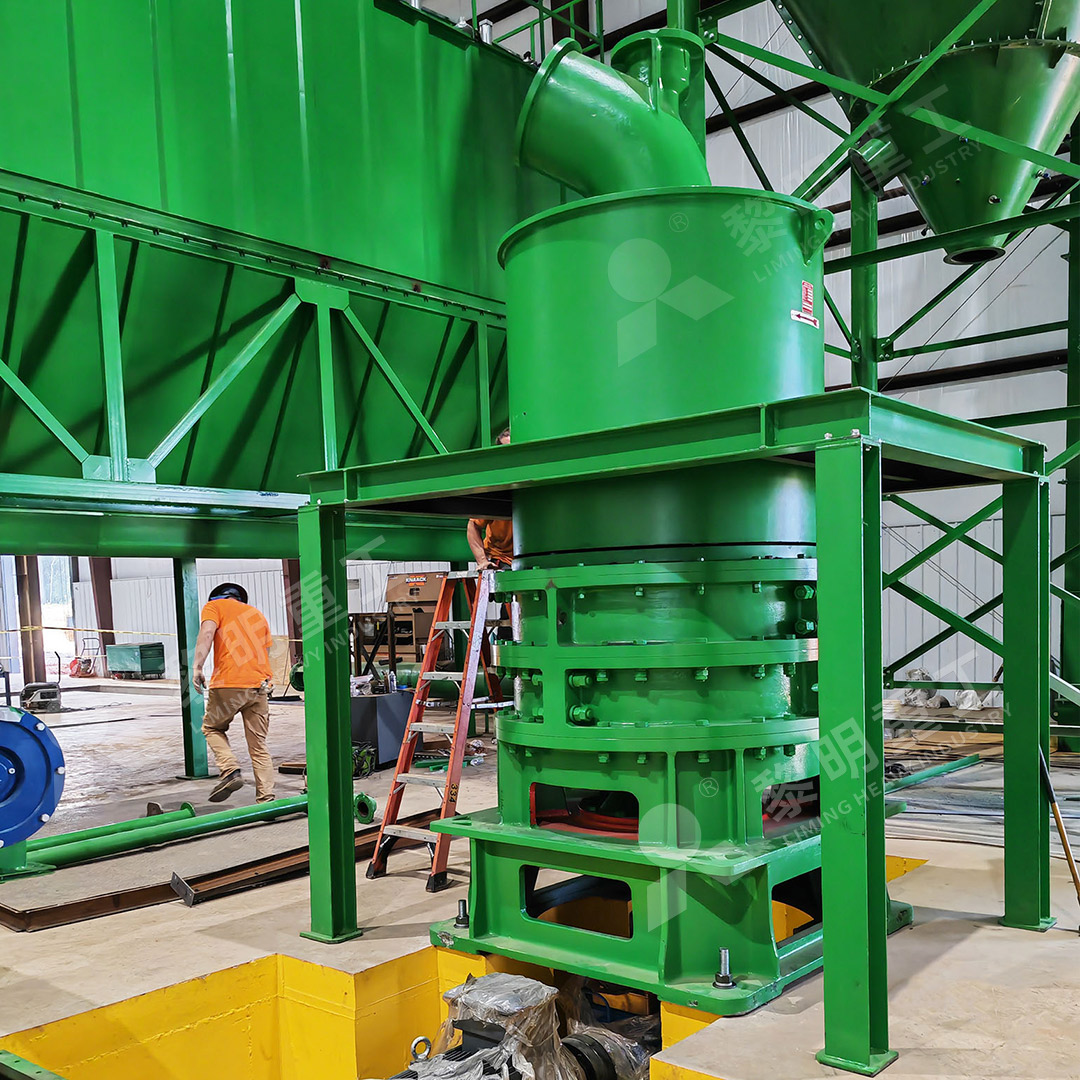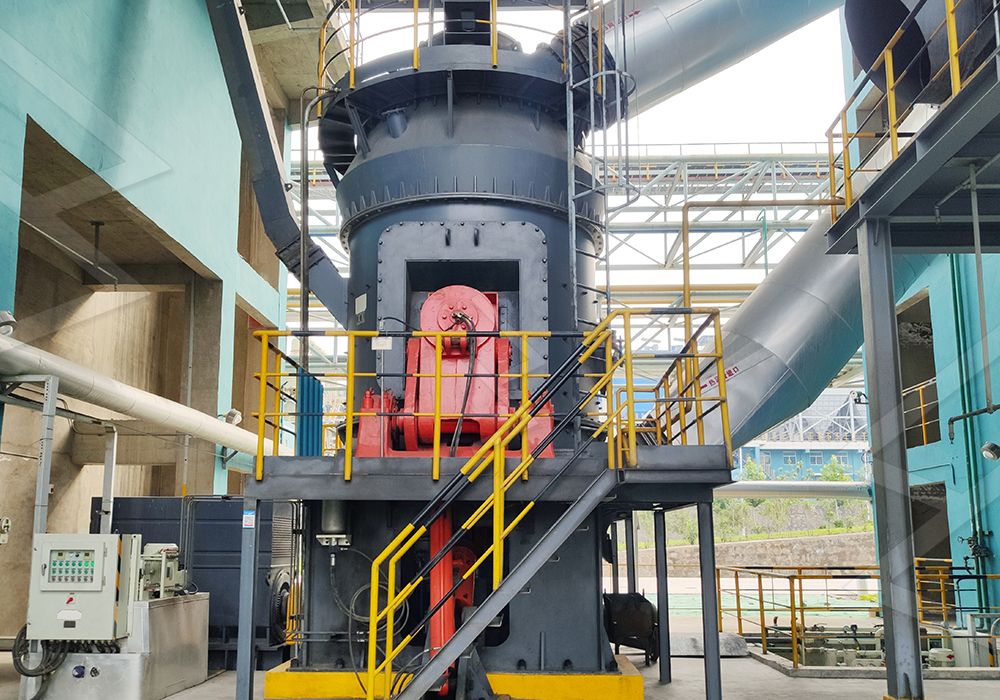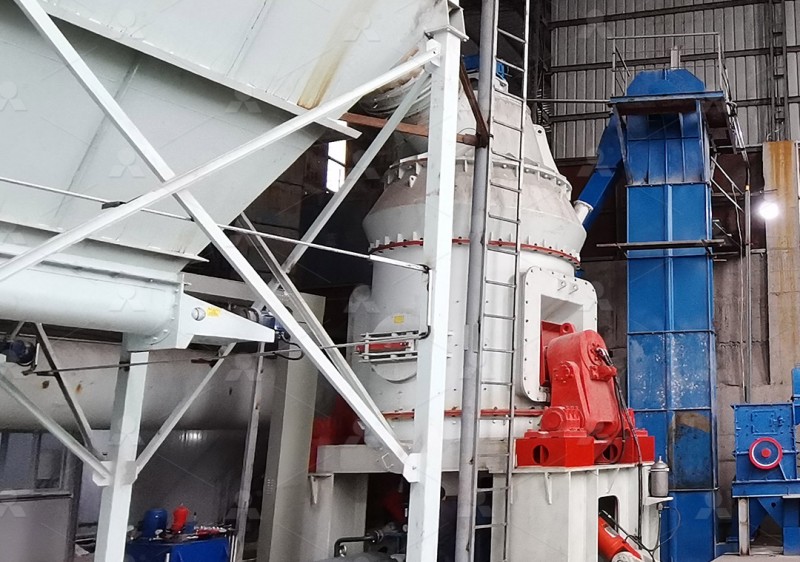Vertical Mill Technical Specifications and Performance Data
Vertical Mill Technical Specifications and Performance Data
In today’s demanding industrial landscape, selecting the right grinding equipment is crucial for optimizing production efficiency and maintaining competitive advantage. Vertical mills have emerged as the preferred solution across numerous industries due to their compact design, energy efficiency, and superior grinding performance. This technical overview examines key specifications and performance characteristics that define modern vertical milling technology.

Critical Performance Metrics
When evaluating vertical mills, several technical parameters demand careful consideration. Input size capacity typically ranges from fine (0-10mm) to coarse (0-70mm) materials, while throughput capacities can vary dramatically from 0.5 to 340 tph depending on the specific model and application. The fineness range represents another critical factor, with modern mills capable of producing powders from 325 to 2500 meshes to meet diverse industrial requirements.
Energy consumption has become a paramount concern in equipment selection. Advanced vertical mills incorporate innovative designs that reduce power requirements by 30-50% compared to traditional ball mills. This is achieved through optimized grinding curves, efficient powder separation systems, and reduced mechanical resistance in the grinding chamber.
Advanced Engineering Features
Modern vertical mills incorporate numerous technological advancements that enhance reliability and performance. The elimination of rolling bearings and screws within the grinding chamber, as seen in our MW Ultrafine Grinding Mill, represents a significant breakthrough. This design eliminates concerns about bearing damage or seal failures while preventing machine damage from loose screws. External lubrication systems enable maintenance without shutdowns, supporting continuous 24-hour operation.
Powder separation technology has seen remarkable improvements. Cage-type powder selectors utilizing German technology provide exceptional separation precision, while multi-head configurations allow customization based on specific production requirements for yield, fineness, and sieving rate. These systems can achieve remarkable screening rates of d97≤5μm in a single pass.

Environmental and Operational Considerations
Contemporary industrial equipment must address environmental concerns while maintaining operational efficiency. Integrated pulse dust collectors ensure dust-free operation throughout the entire milling process, while silencers and noise elimination rooms reduce acoustic emissions. These systems are designed to comply with stringent international environmental standards.
Digital manufacturing processes have revolutionized equipment precision. Numerical control machine tools manage cutting, bending, planing, milling, and paint spraying operations, ensuring exceptional accuracy, particularly for core components. This manufacturing precision translates to improved performance, longer service life, and reduced maintenance requirements.
Product Spotlight: MW Ultrafine Grinding Mill
For operations requiring ultra-fine powder production, our MW Ultrafine Grinding Mill delivers exceptional performance. With an input size capacity of 0-20 mm and throughput ranging from 0.5 to 25 tph, this machine is engineered for customers who need to produce high-quality ultra-fine powder efficiently. The innovative design features newly engineered grinding curves for rollers and rings that enhance grinding efficiency significantly.
Compared to jet grinding mills and stirred grinding mills operating at the same fineness and power, the MW Ultrafine Grinding Mill achieves 40% higher production capacity while consuming only 30% of the energy. When compared to traditional ball grinding mills, the yield is twice as large, making it an economically and environmentally superior choice.

Application Versatility
Vertical mills demonstrate remarkable versatility across numerous industries. They effectively process limestone, calcite, dolomite, petroleum coal, gypsum, barite, marble, talc, and various coal powders. Beyond mineral processing, these mills serve critical roles in chemical manufacturing, paint production, cosmetics, pharmaceuticals, and food additives.
The adaptability of vertical milling technology continues to expand with specialized models designed for specific applications, including coal grinding, slag processing, and specialized mineral applications. This flexibility ensures that operations across diverse sectors can benefit from vertical milling advantages.
Frequently Asked Questions
What maintenance advantages do vertical mills offer compared to traditional grinding systems?
Vertical mills significantly reduce maintenance requirements through designs that eliminate internal rolling bearings and screws. The external lubrication systems enable maintenance without shutdowns, while reversible structures and hydraulic adjustment systems facilitate easy access to grinding components for inspection and replacement.
How do vertical mills achieve their energy efficiency advantages?
Advanced vertical mills incorporate multiple energy-saving technologies including optimized grinding curves, efficient powder separation systems, reduced mechanical resistance, and innovative drive systems. These features typically reduce energy consumption by 30-50% compared to traditional ball mills while increasing production capacity.
What environmental benefits do modern vertical mills provide?
Contemporary vertical mills integrate comprehensive environmental protection systems including efficient pulse dust collectors that eliminate dust pollution, silencers and noise elimination rooms that reduce acoustic emissions, and sealed systems operating under negative pressure to prevent material escape. These features ensure compliance with international environmental standards.
How does the MW Ultrafine Grinding Mill achieve its exceptional fineness range?
The MW Ultrafine Grinding Mill utilizes advanced cage-type powder selector technology that enables precise control over particle size distribution. The system allows fineness adjustment between 325-2500 meshes and achieves remarkable screening rates of d97≤5μm in a single processing pass through optimized separation technology.
What operational advantages do digital control systems provide?
Digital control systems enable precise regulation of grinding pressure, rotational speed, and other critical parameters. PLC-based automation allows for remote operation, expert-level process optimization, and seamless switching between different production requirements, enhancing both efficiency and product consistency.
